Terminology
Terminology management in a nutshell:
clear, standardized, comprehensible.
Does your company have a whole list of terms that need to be standardized across several languages? Would you like to speak the same language as your colleagues and clients? Keen to put a bit of time and money back in your pocket? Then we have the perfect solution for you:
Terminology management
Terminology management is the work of preparing, maintaining and building your company terminology database. The aim is to standardize the use of key business terms in several languages – for example, product and brand names, specialist jargon and organizational units. Joining forces with you, we establish a concept designed entirely with your requirements in mind. We then help you extract and possibly clean up the terms, and ensure that your company terminology is seamlessly translated, checked and updated from that point on.
Now, comprehensive terminology management requires a number of resources and can also be costly. But the benefits to your company and your clients outweigh any doubts you might have, as your customers will always be grateful for consistent, high-quality texts.
Advantages of terminology management
- Cost-saving
- Time-saving
- Clear communication (internal/external)
- Greater customer satisfaction
- Standardized company language
- Higher translation quality
- Reader-friendly texts
- Sets you apart from the competition
Effective terminology management will ensure that your texts are reader-friendly, consistent, and of excellent quality every time. Naturally, this enhances the strength of your corporate communication and boosts customer satisfaction. It also speeds up the translation process and subsequent quality assurance checks. And that saves time, and, perhaps more importantly, money!
How to create a termbase in six easy steps
1. Plan concept
- Establish concept, aims, languages and responsibilities alongside the client
- Define development, scope and budget
2. Extract terminology
- Extract terms from suitable sources and previous translations
- Both manually and by using special software
3. Clean up terminology
- Eliminate duplicates
- Log synonyms
- Collect additional information (images, definitions, etc.)
4. Translate
- Translate the selected terms into the desired languages
5. Check
- Specialist departments check the translations
- If necessary, modify and give feedback
6. Processing & development
- Maintain database and develop it further
Talk to us for advice on how comprehensive terminology management could help you, how to introduce it into your company, and the steps you need to take.
If you would like to learn more about what goes on in a termbase project, please take a look at the case study below for our client docu tools.

Case study: How terminology management can bring you success:
Let’s imagine you’re marketing manager at a printer company. Your printer has an indicator light that flashes orange when there’s an error. You call it an “alarm light” but your colleagues in product development call it a “warning light”. Over in the IT department, however, it’s known as a “status LED”. Right now you’re compiling a user guide about this printer, and the various different departments are adding some relevant information. You’re left with a user guide that contains all three terms. Later you find that your English-speaking end customer is vexed, because his printer is flashing orange and he can’t make head or tail of the user guide because there are too many different terms in it. Now, perhaps you want to get this guide translated into other languages. The three different terms are also adopted in the new versions. Worst-case scenario: the customer goes to a different provider and never buys another printer from you again.
This whole picture might look very different if you standardize your company terminology with the aid of our terminology management service. For example, you decide to call that little orange signal a “status LED” in every English-language text, both internally and externally. In German, you choose the term “Status-LED” upon discussion with our qualified specialist translator. The result: clear language, better customer communication, and greater efficiency. Because the end customer now knows what to look for, thanks to a user guide that is perfectly consistent. He no longer needs to keep calling your customer service team to clarify uncertainties. So you see – terminology management ensures clarity, uniformity, and much better communication over the long term. Allow us to advise you – we are more than happy to help you build a terminology management system tailored precisely to your wishes!
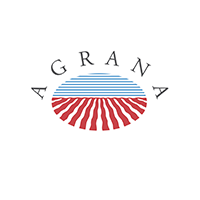
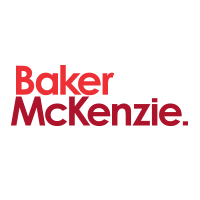
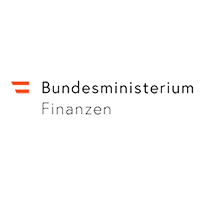

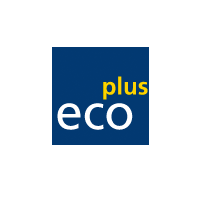
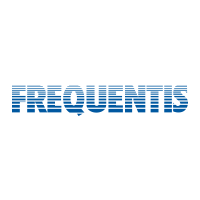


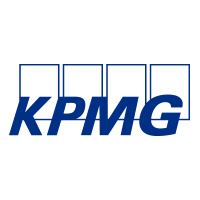
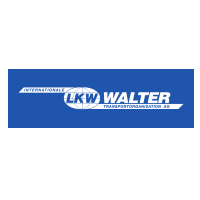
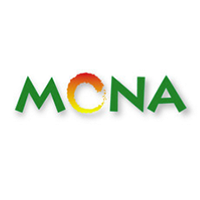
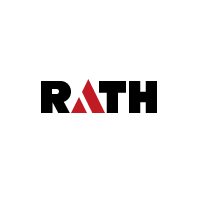
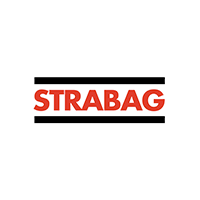
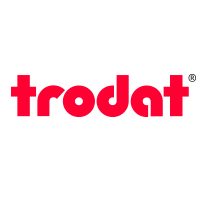



FAQs about terminology management
Terminology management is the work of preparing, maintaining and building your company terminology database. The aim is to standardize the use of key business terms in several languages – for example, product and brand names, specialist jargon and organizational units. Joining forces with you, we establish a concept designed entirely with your requirements in mind. We then help you extract and possibly clean up the terms, and ensure that your company terminology is seamlessly translated, checked and updated from that point on.
Your texts will be more consistent, more reader-friendly, and therefore of a better quality ‒ and your corporate communication will also go from strength to strength. You’ll also gain a clear advantage over your competitors, as you determine your own company language and use this to make sure that you and your clients are always on the same wavelength. The result: happy customers.
Effective terminology management can also speed up the translation process and subsequent quality controls, saving you time and money.
All advantages at a glance:
- Cost-saving
- Time-saving
- Clear communication
- Standardized company language
- Higher translation quality
- Reader-friendly texts
- Sets you apart from the competition
- Greater customer satisfaction
Terminology management is an excellent investment, and certainly pays off over the long term. Translators don’t have to put in as much research work, as the correct terminology is automatically suggested to them. The processing costs are lower, which in turn is reflected in lower translation costs. At the same time, the quality of your texts and translations is elevated to the next level. Consistent translations of an exceptionally high standard mean that you and your employees won’t need to keep performing subsequent terminology checks, and can focus your time on other matters.
We will create a termbase, help you extract the terms, and regularly check and manage your database. To help us, we have a special termbase tool, into which we import the specialist terms that have previously been determined and verified.
Still have questions about terminology management?
Turning the idea over in your mind? Want to learn more about possibly using terminology management at your company? We are only too happy to help you find the best, quickest and most affordable solution over the long term. Please don’t hesitate to contact our agency using our contact form.
